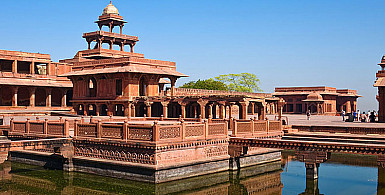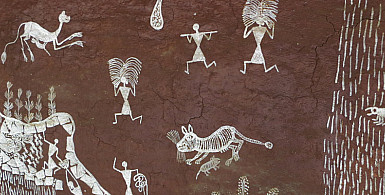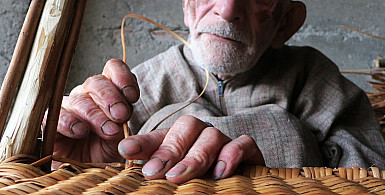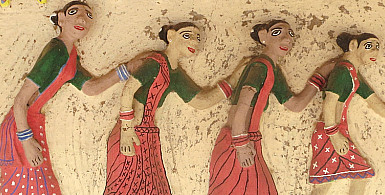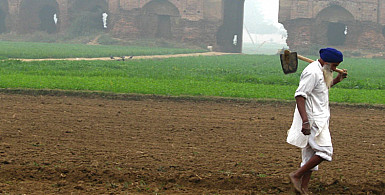The charm of homemade food lies in the love and care it’s cooked with—made by hand, just for you, in a way no machine can replicate. According to Ayurveda, your cutlery should be as natural as your food. Gaatha offers a range of handcrafted cutlery made from fine natural materials like clay, kansa, and wood. Thoughtfully designed and artisan-made, these pieces add authenticity to every meal.
Made & Mkt by: Kumbhar Abdula
Product Code: 4095-T20
When nomads settled down in cities at the beginning of civilization, it was a turning point for the way humans would live. A settled life meant agriculture, which meant excess grain, and that gave rise to trading and exchange and eventually seals and currency. Staying in one place in cities, it also..
Rs.350
Made & Mkt by: OCHRE ~ Kavita Ganguly
Product Code: 4091-O5
Ochre beads & wind chimes was established in the year 2011 in a village called Hadgud, Distt. Anand, Gujarat. Women of this village are encouraged & trained in creating an interesting range of handmade products. A range of interesting hand crafted ceramic pieces is assembled into different f..
Rs.910
Made & Mkt by: Asal
Product Code: 3734-ABU20-03
Hand made vessels made from bell metal known as kansa vessels are native to the Kansa community of West Bengal. Bell Metal is a compound of Copper, Tin, Zinc, Iron and Mercury. The metal is first heated to make it malleable and further beaten by hand by the craftsperson to achieve desirable shape. T..
Rs.3,610



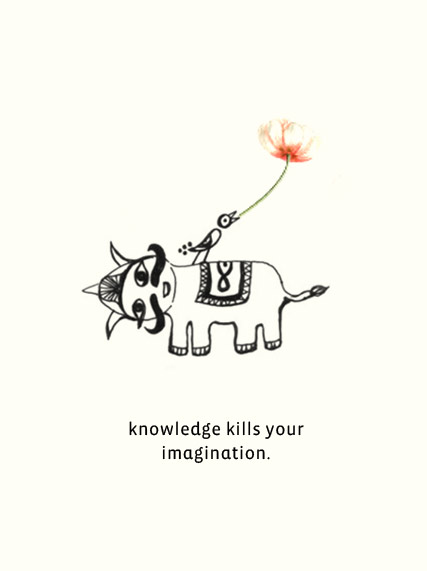

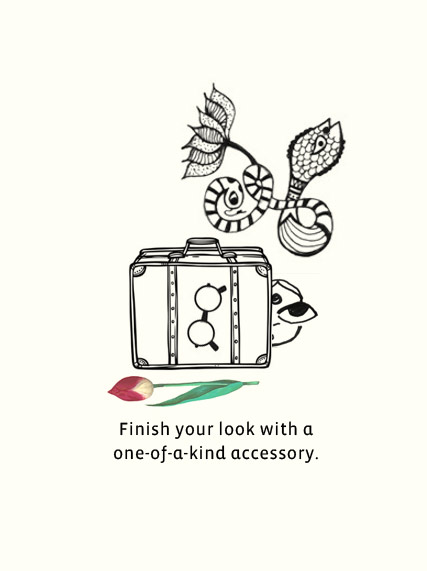
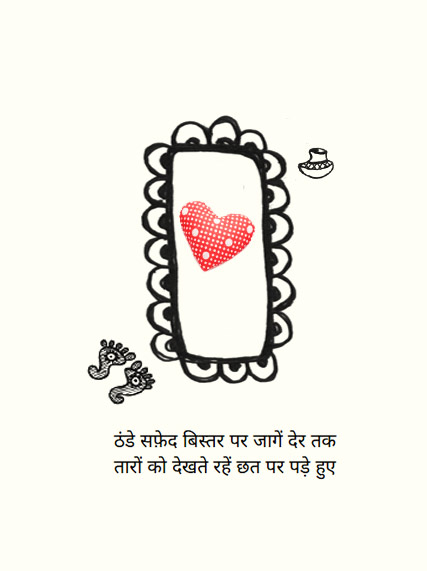

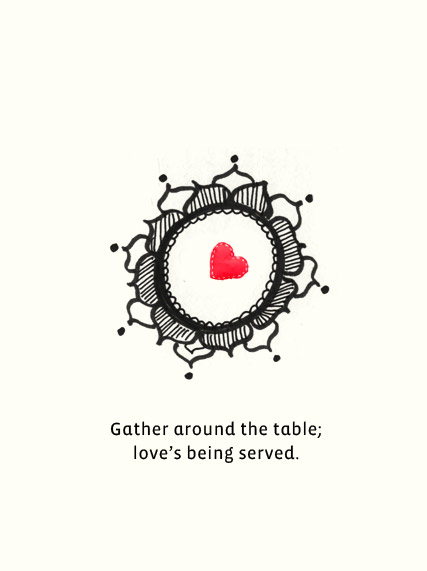

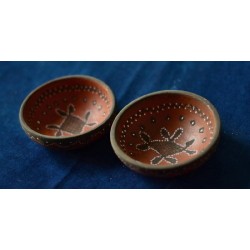
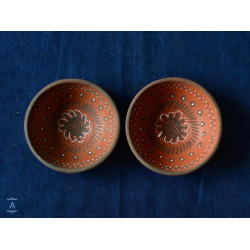
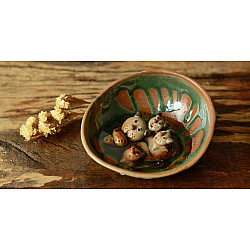
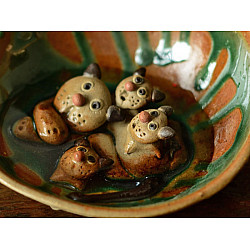
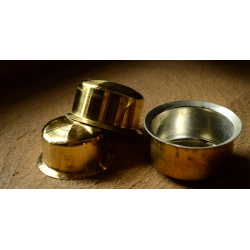
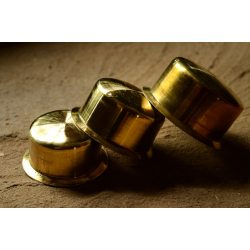
-225x150w.jpg)
-225x150w.jpg)
-225x150w.jpg)
-225x150w.jpg)
-225x150w.jpg)
-225x150w.jpg)
-225x150w.jpg)
-225x150w.jpg)
-225x150w.jpg)
-225x150w.jpg)
-225x150w.jpg)
-225x150w.jpg)
-225x150w.jpg)
-225x150w.jpg)
-225x150w.jpg)
-225x150w.jpg)
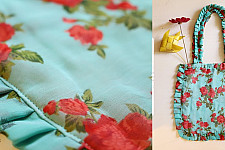
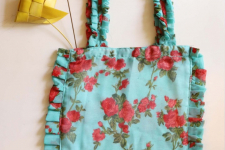
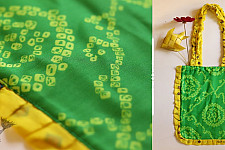
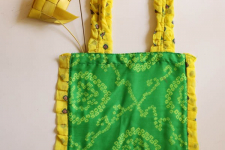
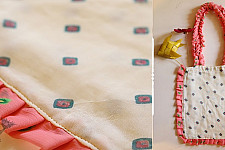
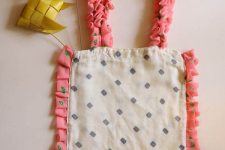
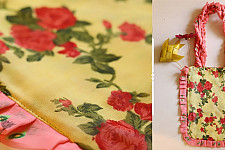
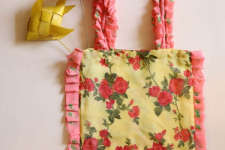
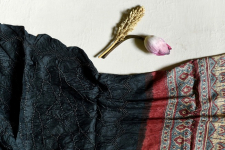
-225x150w.jpg)
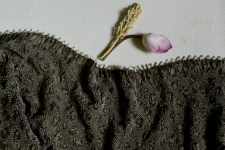
-225x150w.jpg)
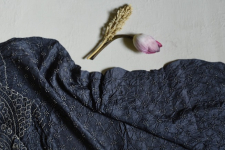
-225x150w.jpg)
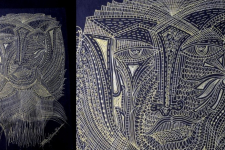
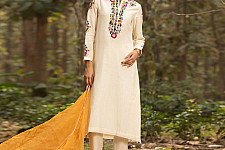
-225x150w.jpg)
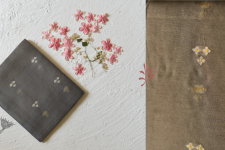
-225x150h.jpg)
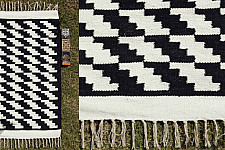
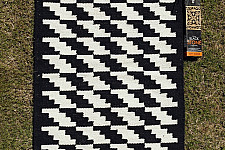
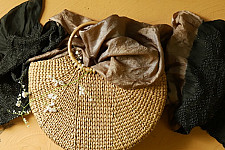
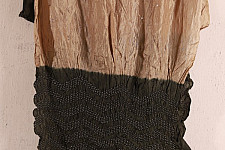

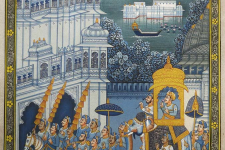
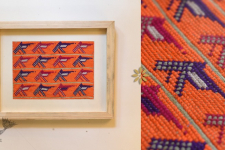
-225x150w.jpg)
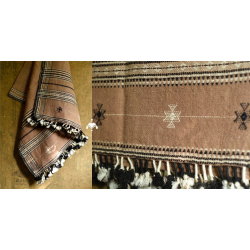
-250x250w.jpg)
